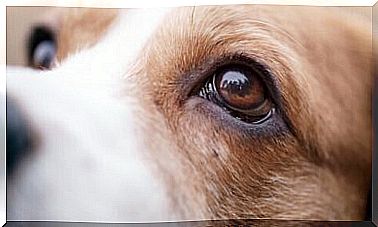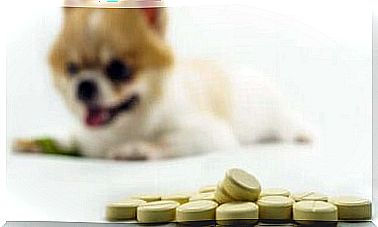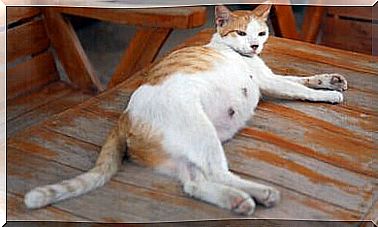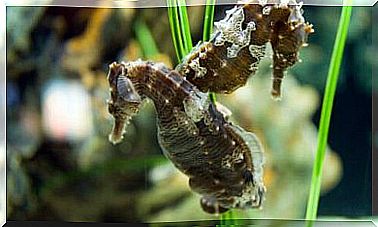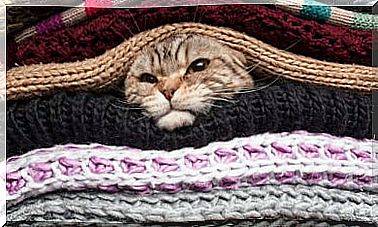What You Should Know About Cats Teeth
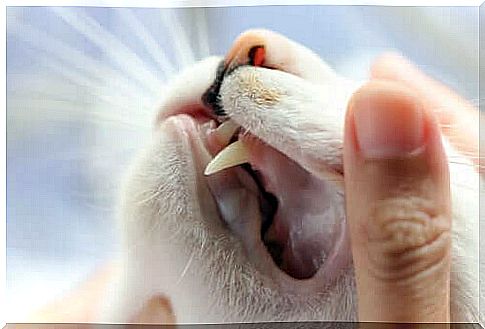
The health of cats teeth is important for all kinds of activities: eating, hunting, biting toys… As the pussy grows, the risk of developing various forms of dental disease increases.
Know the teeth of cats
Just like humans, cats have two sets of teeth in their lives. The first is formed by 26 deciduous teeth, or “milk teeth”. Its appearance begins around three weeks of life. These teeth are usually very sharp, almost like needles, and fall out after four months of life.
The permanent set consists of 30 teeth. Cat canines are characterized by being highly developed compared to incisors.
Furthermore, the shape of their molars is also characteristic, designed to tear and cut food, not chew it like human molars.
Cats’ teeth are made of a bony material: the dentin and enamel that cover the crown and the cement that covers the root. On the other hand, there are the soft tissues of the tooth, which include the pulp with its blood vessels and nerves.
If a cat has an oral disease, it is usually due to four main causes: periodontal disease, oral cancer, feline stomatitis, or tooth resorption. Among these four feline oral diseases, tooth resorption is the most common.
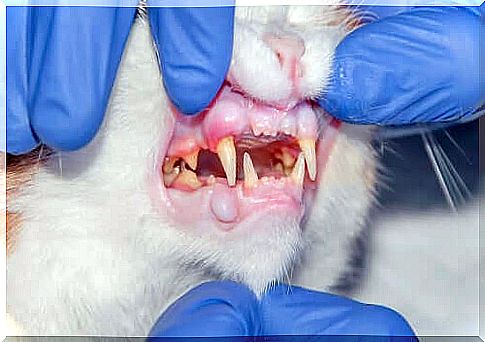
What characterizes tooth resorption?
In general, in a process of resorption, the original structure gradually breaks down until it is finally remodeled. Thus, in tooth resorption, the gradual destruction of the cat’s teeth occurs. The process is extremely painful, although many cats don’t show obvious signs of pain unless the lesion is touched.
The process starts on the outside of a tooth, at the gum line. Although the condition can occur in any tooth, it is more common in lower jaw premolars. Externally, it may appear that gum tissue grows on or in the tooth.
It can also look like a hole is formed in the tooth, which is why resorption is sometimes called a cavity. It should not be confused with cavities, which are rare in cats.
In the final stages of the process, the enamel is resorbed and the tooth is fractured or reshaped as a visible formation – of hard tissue similar to bone – at the gumline.
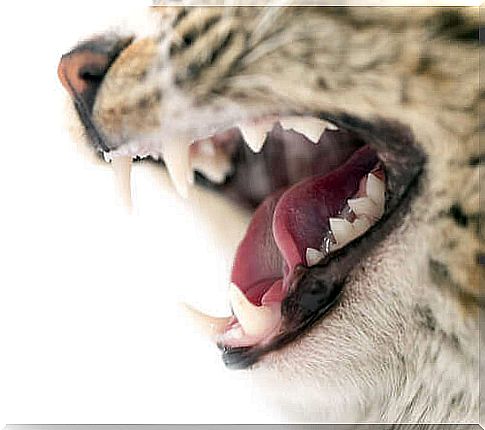
Possible Causes of Cat Teeth Resorption
It is known that the accumulated plaque on the tooth surface causes an inflammatory reaction which plays a role in the development of resorption.
Although there are no conclusive studies, it has been suggested that chronic excess vitamin D in the diet may be the long-sought cause of tooth resorption in domestic cats. Some packaged foods designed for cats contain higher levels of vitamin D than recommended.
Treatment of feline teeth resorption
Removal of a tooth under resorption is the only treatment for the disease Extraction can be a difficult procedure to perform because affected teeth are often quite fragile and often break and chip during extraction.
It is important to keep in mind that x-rays are necessary to confirm the diagnosis and also to visualize fragments of fractured teeth. The entire tooth and all fragments must be extracted to avoid infections or other problems.
Not all veterinary clinics are equipped to deal with tooth resorption. It is necessary to have a dental x-ray and have the proper surgical equipment, as well as specialized training.

